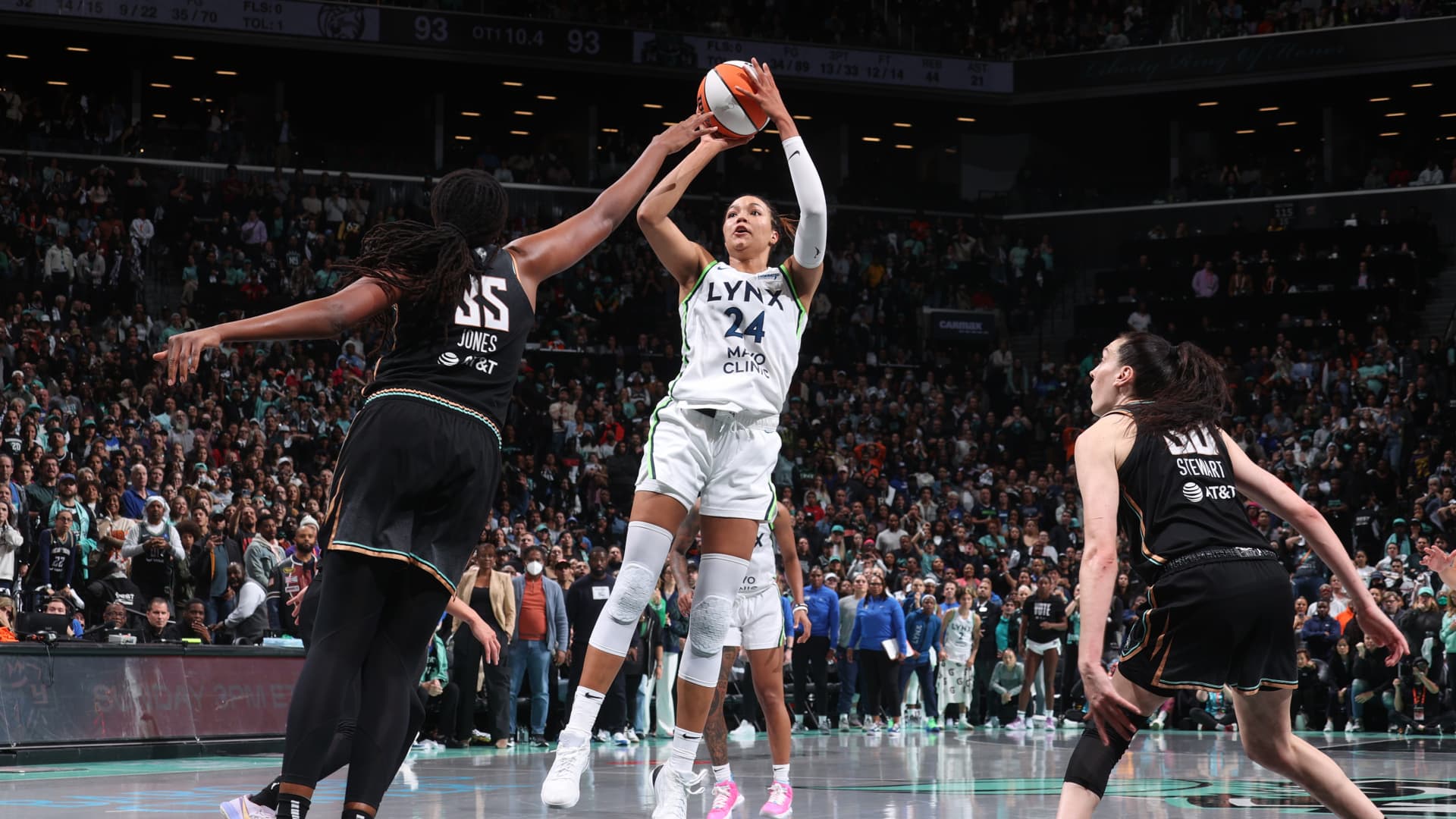The Women’s National Basketball Association (WNBA) is on the cusp of a transformative era, one that promises to redefine the landscape of women’s professional sports in the United States. The league’s recent announcement to expand from 15 to 18 teams by 2030, with new franchises in Cleveland, Detroit, and Philadelphia, marks a pivotal moment in its history. This strategic move is not merely about increasing the number of teams; it represents a concerted effort to solidify the WNBA’s presence in key urban markets with rich basketball traditions and passionate fan bases.
The expansion is set to unfold over a five-year period, with Cleveland joining the league in 2028, Detroit in 2029, and Philadelphia in 2030. Each city brings a unique blend of basketball heritage, economic potential, and demographic diversity, making them ideal candidates for this growth. Cleveland, home to the NBA’s Cavaliers, will leverage its existing sports infrastructure, including an NBA arena, to support its new WNBA team. The city’s fervent sports culture, honed by decades of basketball fandom, provides a fertile ground for the new franchise to thrive.
Detroit, known for its resilience and deep-rooted sports culture, will also utilize an NBA arena for its WNBA team. The city’s commitment to revitalizing its sports landscape aligns perfectly with the league’s goals, promising strong local support and community engagement. Philadelphia, on the other hand, is set to inaugurate a new arena specifically around the timeline of the WNBA’s expansion. This investment underscores the city’s ambition to become a premier market for women’s basketball, enhancing the game-day experience for fans and players alike.
The choice of these cities is deeply strategic, rooted in their historic significance in basketball and their potential for economic and demographic growth. Cleveland, Detroit, and Philadelphia are not just basketball hubs; they are vibrant urban centers with diverse populations and a strong sense of community. These factors make them ideal markets for the WNBA to expand its reach and attract new fans, sponsors, and media attention.
Moreover, these cities have shown increasing support for women’s sports and gender equity initiatives, indicating a cultural readiness that suggests WNBA teams here would resonate well with local values and social movements. The expansion also represents a significant opportunity for the league to increase player opportunities, broaden its fan base, and elevate the level of competition. With more teams, the WNBA can offer more roster spots, providing emerging talent with enhanced visibility and career development opportunities.
The expansion is also expected to attract more corporate partners and media rights deals, further fueling the league’s growth and visibility. However, the WNBA must navigate several challenges to ensure the success of this expansion. Integrating new teams while maintaining competitive balance requires careful management of expansion drafts and salary cap adjustments. Additionally, ensuring sustained fan interest amid a crowded sports landscape demands savvy marketing and community outreach.
Facility and operational readiness are also critical, particularly in Philadelphia, where the new arena’s timeline and resources will be crucial. Economic viability is another consideration, as expansion fees reportedly set new records, highlighting the importance of financial backing and long-term sustainability.
Looking ahead, the WNBA’s expansion into Cleveland, Detroit, and Philadelphia signals a bold vision for the league’s growth. By leveraging cities steeped in basketball culture and emerging urban vitality, the WNBA is not only increasing its competitive landscape but embedding itself more deeply into America’s sporting fabric. This expansion enhances opportunities for female athletes, broadens fan engagement, and further legitimizes women’s basketball as a premier professional sport.
As these teams prepare to take the court in the coming years, the league’s momentum suggests an exciting era ahead, marked by greater visibility, diversity, and shared passion for the game. The WNBA’s evolution exemplifies how strategic expansion can revitalize league dynamics and foster inclusive, sustainable sports communities. The next five years will offer a compelling story of growth, competition, and cultural impact destined to redefine the future for women’s basketball.











